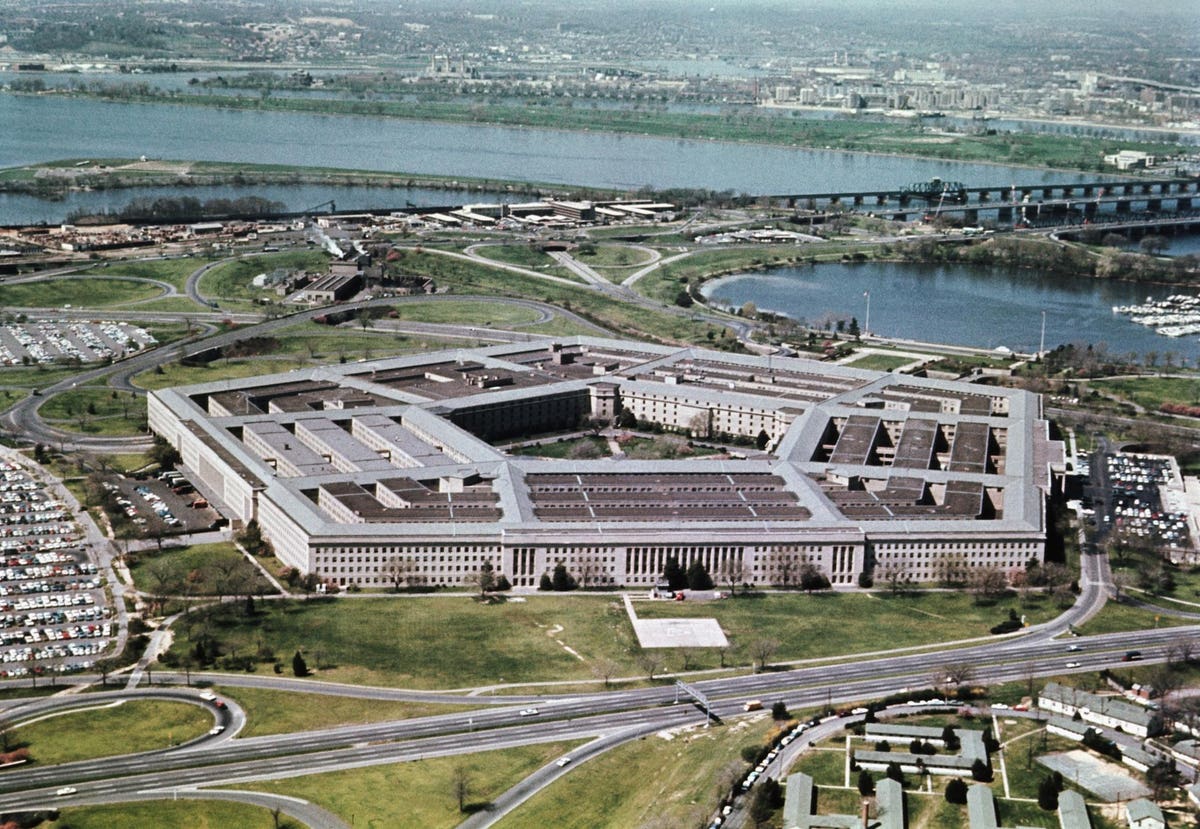To hear deputy defense secretary Kathleen Hicks tell it, the Pentagon is on the verge of changing how it does business for good, to open the way to a surge of production and innovation in the sphere of autonomous, unpiloted vehicles. I know this not from scouring some obscure government strategy document but because Hicks announced it to the world yesterday at a meeting of the National Defense Industrial Association (NDIA), the nation’s largest assemblage of weapons contractors. Her endorsement of a new way of preparing for war was a masterpiece of alliteration: “[N]ow is the time to take all-domain, attritable autonomy to the next level: to produce and deliver capabilities to warfighters at the volume and velocity required to deter aggression, or win if we’re forced to fight.” “Attritable autonomy” indeed. Those are fighting words, even if they don’t exactly roll off the tongue.
The motivation of the Pentagon’s new initiative, as is the case with all medium-to-long term military initiatives these days, is to address the alleged “pacing threat” posed by China. The theory behind Hicks’s big reveal is that brandishing the threat to hit thousands of targets in China will make Beijing think twice before seeking to forcibly take Taiwan or engaging in other military misadventures in its region. Or, as Hicks put it, “We must ensure the PRC leadership wakes up every day, considers the risks of aggression and concludes, ‘today is not the day’ — and not just today, but every day, between now and 2027, 2035, 2049 and beyond.”
What could be bad about a good old fashioned technological arms race, tapping American innovation and patriotism to face down the would-be aggressors in Beijing? Plenty.
Preventing a conflict over Taiwan – the most likely precipitating cause of war between the U.S. and China – has more to do with reviving a common understanding between Washington and Beijing of how that island’s future status will be determined than it does with gearing up for a war between two nuclear-armed powers that could be an unprecedented disaster for all concerned. For five decades the “One China policy” has kept the peace in the Taiwan strait. The policy involves a U.S. commitment to recognize Beijing as the sole government of China and avoid any political or military gestures towards supporting Taiwan’s independence, accompanied by a commitment by Beijing to pursue peaceful means of reunification. The understanding has been strained in recent years by statements and actions on both sides. But renewing it in one form or another will do more to prevent war than all the drones in the world.
In short, heading off war with China is not primarily a military-technical problem. It’s a political-diplomatic problem. The history of this century should have told us that technological superiority is no guarantee of victory in war or stability in its aftermath, if there could even be such a thing as a “victor” in a war between Washington and Beijing.
This is not to suggest that there should be no military component to the U.S. approach to the challenge posed by China. But it shouldn’t be organized around the fool’s errand of winning a war with Beijing, but rather on dissuading China from attacking its neighbors through a more distributed force posture that relies on long-range strike capabilities and bolstering the defense capacity of allies, not threatening to overwhelm Beijing with massive attacks, as implied in Hick’s speech to the NDIA. And any efforts at military deterrence must be placed in the context of political and diplomatic reassurance to avoid tipping into a hot war via miscalculation or misunderstanding. My Quincy Institute colleagues Michael Swaine and Andrew Bacevich have outlined a more balanced, restraint-oriented approach to U.S.-China relations that puts the military instrument in its proper context, embedded in a broader strategy of bounded competition, clear red lines, and cooperation on issues of urgent mutual concern.
The views of Rep. Adam Smith (D-WA), the current ranking Democrat on the House Armed Services Committee, are relevant in this context. In a November 2020 discussion at the Council on Foreign Relations, he noted that “building our defense policy around the idea that we have to be able to beat China in an all-out war is wrong . . . if we get into an all-out war with China we’re all screwed anyway. So we better focus on steps that are necessary to prevent war.” More recently, in January of this year, Smith noted that despite the evident political, economic, and security challenges, “The United States can have a relationship with China that enables a more peaceful and prosperous world and a strong and thriving American economy.” It’s going to take more than swarms of drones to get us there.
Read the full article here





